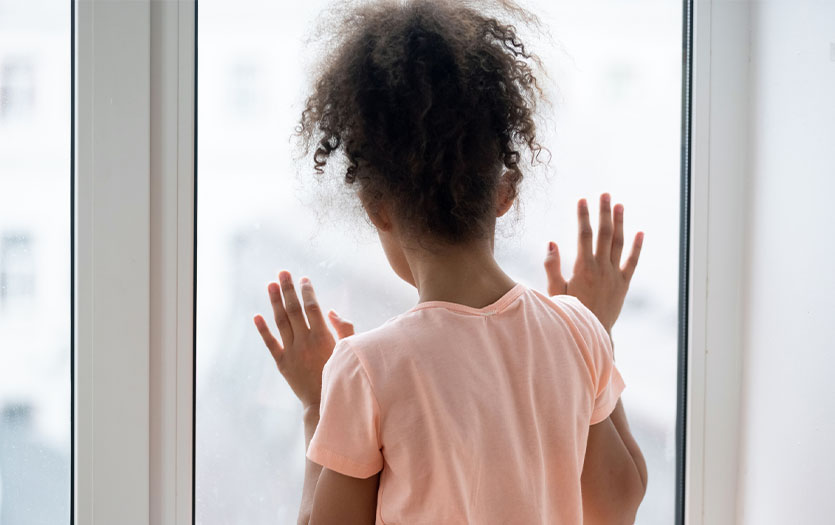
This post was written based on a recent appearance by Lisa Hollister, DNP, MSN, RN, LSSBB, administrative director, Trauma Systems, Parkview Trauma Centers, and Emily Park, child maltreatment navigator, Parkview Trauma Centers, on the television program PBS HealthLine.
Abuse and neglect can happen anywhere, across all ethnicities and cultures, in every religion, and at every socioeconomic and educational level, which is why we all need to take ownership and action to prevent it. This April and in observance of National Child Abuse Prevention Month, two Parkview Trauma Center team members work to raise further awareness on the issue. They help answer various questions highlighting the warning signs of abuse, how to report suspicious behavior, and the importance of working together to prevent the maltreatment of children everywhere.
What is child abuse?
While many factors can encompass child abuse, the Centers for Disease Control and Prevention (CDC) identify four common types:
- Physical abuse: The intentional use of force to hurt someone.
- Sexual abuse: Forcing a child to engage in sexual acts.
- Emotional/psychological abuse: Any behavior that harms a child’s self-worth or well-being.
- Neglect: The failure to meet a child’s basic physical and emotional needs.
How prevalent is child abuse?
At least 1 in 7 children have experienced child abuse or neglect in the past year in the United States. However, this number is most likely understated, as many cases go unreported. Locally, in 2021, Allen County was number one in the state, with 11 cases of child abuse deaths. Sadly, for the last several years, Indiana has continued to rank as one of the top states for child abuse and neglect. It’s a serious wake-up call for all of us to pay attention and do something about it.
Who is most affected by child abuse?
Children five years of age and under (roughly 70% age three and below) are most affected by child abuse, with boys and girls being affected equally. However, boys are often more fatally injured, and girls more sexually abused overall.
What are some common warning signs or red flags of child abuse?
Occurrences of child abuse can be difficult to pinpoint for many reasons, but one of the tools we utilize is called TEN-4. It’s an acronym that refers to bruising on the Torso, Ears, or Neck in children 4 years of age and younger. If there are any marks or bruising in any of those areas, it should be a cause for concern, and, often these types of bruising patterns are indicative of physical abuse rather than accidental injury.
If someone does suspect child abuse, how can they report their concern?
Anytime anyone has a concern regarding child abuse or neglect, they should call the Department of Children’s Services (DCS) Hotline at 1-800-800-5556. People need to understand that a call to DCS isn’t an accusation. It’s an anonymous way for concerned individuals to communicate their suspicions. Also, every citizen in Indiana is considered a mandated reporter and, by state law, has an individual duty to report known or suspected abuse and/or neglect. So, if a situation is making you uncomfortable or unsettled, please speak up and make the call.
How can communities work together to help prevent instances of child abuse?
Communities can continue to work toward combating child abuse by paying attention to their surroundings, where they work, where they live and the children in their neighborhoods, then speaking up when something doesn’t feel right. However, if you personally witness abuse or a violent occurrence, call the police or 911 immediately, then contact DCS.
Final thoughts
Child abuse is a serious public health problem and is 100% preventable. Understanding the dangers of abuse and the actions to take when a situation arises is paramount in keeping all children safe. If you suspect a child is being abused or neglected, Indiana state law requires you to report it. Call the Indiana Child Abuse and Neglect Hotline at 1-800-800-5556. It is available 24 hours a day, 7 days a week, including weekends and holidays.
Helpful resources
Indiana Department of Child Services
Indiana Child Abuse and Neglect Hotline



